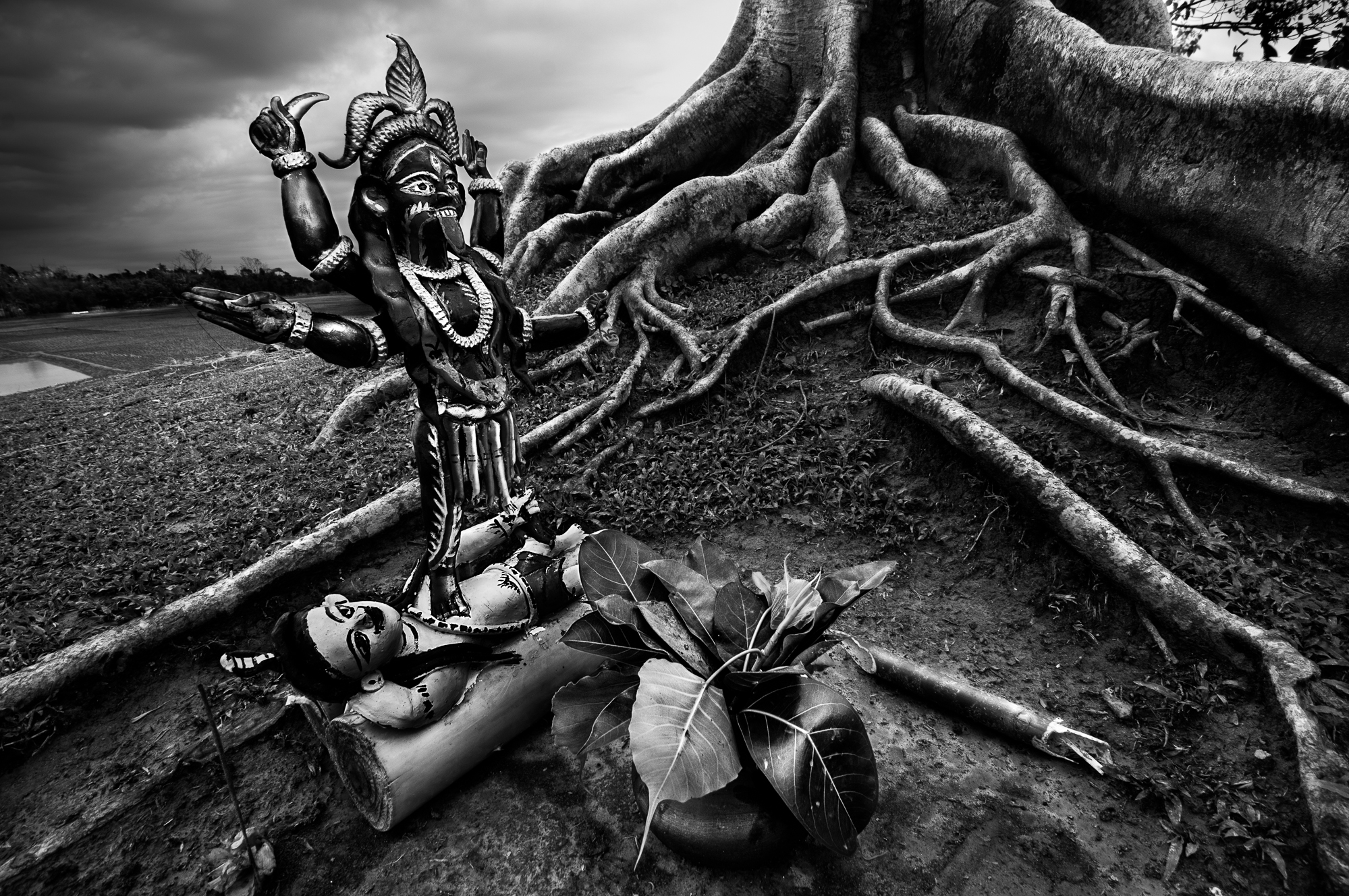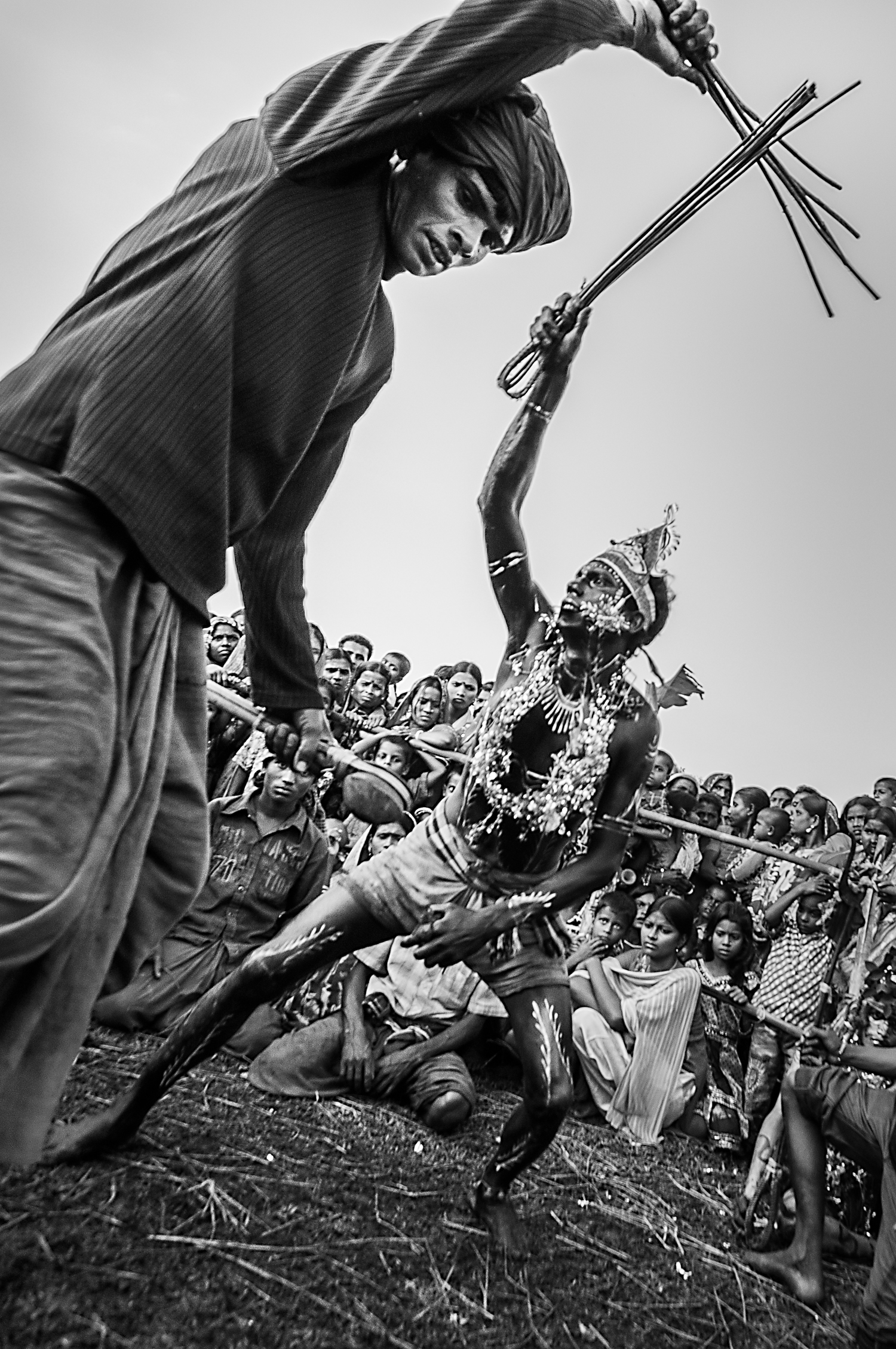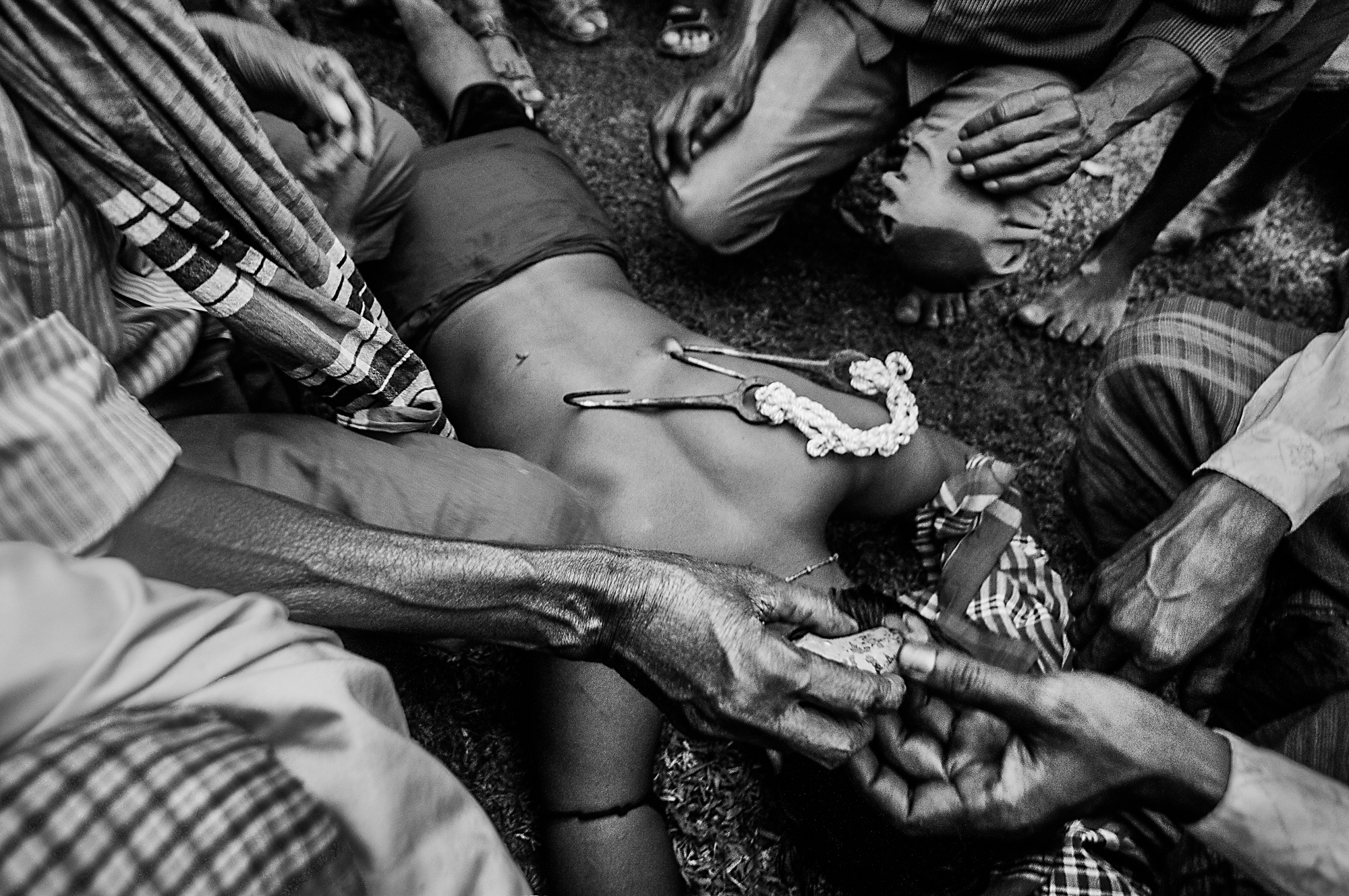Background:
In the world of spirituality and religion, body rituals have been used as a way to explore and express devotion for centuries. From self-flagellation to multiple piercings, these practices serve as a testament to the power of faith and the transformative nature of belief. In southern Bangladesh, one such ritual is the ancient Hindu festival of Charak, a unique cultural heritage that has been passed down for generations.
Charak, meaning “circle,” is a religious and folk festival that takes place in Sri-Mongol, where it has been a local tradition for 400 years. The festival involves the creation of a framework made of a holy tree, which is kept underwater for the rest of the year. On top of this framework, a makeshift wheel is set up, and devotees volunteer to hook themselves to the wheel by piercing the skin on their backs. As they levitate round and round the tree, they are carried aloft by the framework in a display of devotion. Despite the intense pain, the followers believe that the divine intervention will protect them and allow them to endure the sacrifice.
The Charak festival is held to satisfy Lord Shiva and to bring prosperity by eliminating the sorrow and suffering of the previous year. The festival includes acts of self-flagellation, multiple piercings, and the worship of Gods and Goddesses. Through these acts, the devotees express their belief in the transformative power of sacrifice and their acceptance of the divine will.
These photographs capture the essence of the Charak festival, capturing the superficial pain that the devotees bear for their faith, as well as the intense belief and spiritual acceptance that carries them through the ritual. From the creation of the framework to the dramatic acts of worship, the Charak festival is a testament to the rich traditions of Bangladesh and a journey into the heart of its cultural heritage.
(Music- Dhaka by Kevin MacLeod)
Medium:
Digital photographs
Date:
2009 – 2012


















